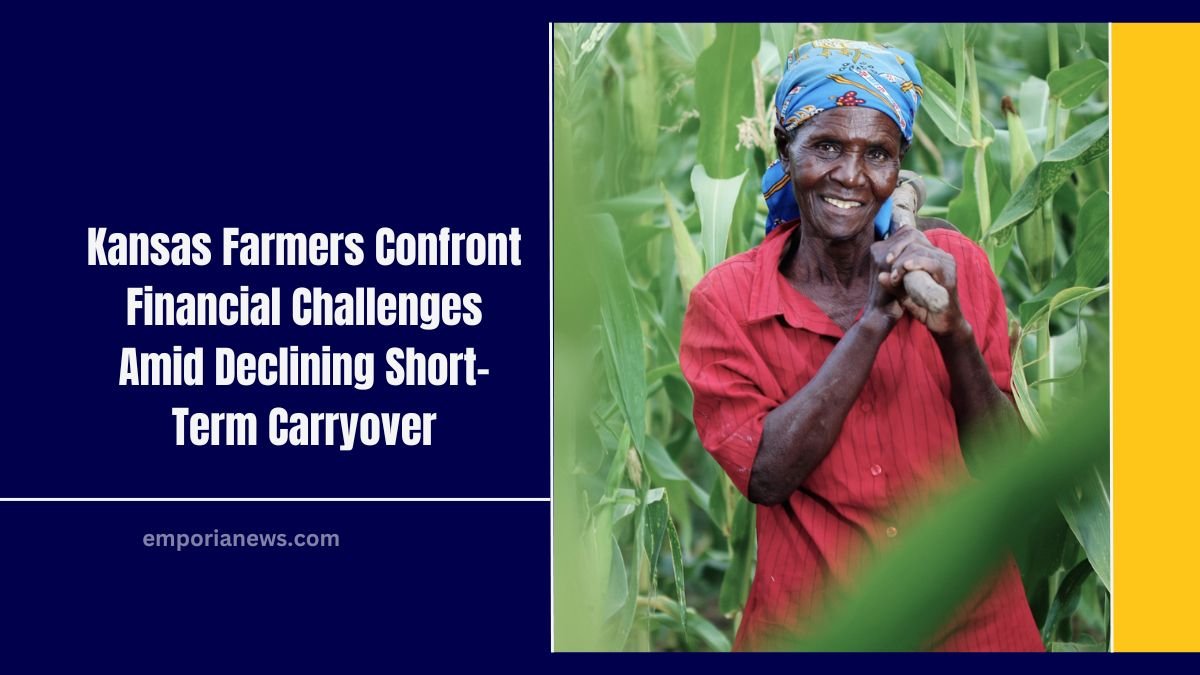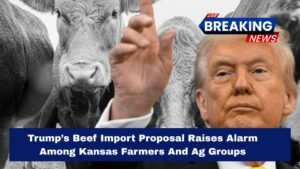In recent years, Kansas farmers have faced mounting financial difficulties, with the 2024 fiscal year highlighting significant declines in short-term carryover assets.
This downturn is attributed to a combination of high input costs, decreasing commodity prices, and escalating interest rates, leading to reduced farm incomes and strained financial stability.
Decline in Short-Term Carryover
Accountant Rohn Shellenberger from Scott City observed alarming reductions in year-to-year short-term carryovers—encompassing inventories, deferred crop insurance, and input prepayments—ranging from 20% to 50% among his farming clients.
On average, these declines hovered between 20% and 30%, primarily due to diminished inventories. This trend indicates that many farmers have incurred losses on an accrual basis, eroding equity in their operations.
Factors Contributing to Financial Strain
Several key elements have converged to challenge Kansas farmers:
- Elevated Input Costs: Expenses for essentials such as seeds, fertilizers, and fuel have remained high, squeezing profit margins.
- Depressed Commodity Prices: Prices for major crops like corn, soybeans, and wheat have declined, reducing revenue streams.
- Rising Interest Rates: Increased borrowing costs have added financial pressure, particularly for operations reliant on credit.
These factors collectively contribute to a precarious financial environment for farmers in the region.
Wheat Production Economics
The outlook for wheat production further complicates the financial landscape. Kansas State University agricultural economist Dan O’Brien notes that with an average yield of 54 bushels per acre, a wheat price of $7.18 per bushel is necessary to cover all production costs.
This price point is approximately $2.50 per bushel above current market rates, signaling potential losses for producers.
Even with higher yields of 62 bushels per acre, the required breakeven price remains at $6.46 per bushel. While direct or out-of-pocket costs might be covered at $4.15 per bushel, overhead expenses such as depreciation cannot be ignored indefinitely.
Impact on Farm Income and Land Values
The financial strain is evident in broader economic indicators. Net farm income in Kansas is projected to decline by 30% in 2024 compared to the previous year, driven by lower commodity prices and rising production expenses.
Additionally, high interest rates and reduced government payments exacerbate the situation. Despite these challenges, land values have remained elevated, though the sustainability of this trend is uncertain amid declining profitability.
National Context
The challenges faced by Kansas farmers reflect a national trend. The U.S. Department of Agriculture forecasts a 4.4% decrease in net farm income for 2024, amounting to a $6.5 billion reduction from 2023.
This decline is attributed to falling commodity prices and persistent high input costs, which have eroded profit margins across the agricultural sector.
Strategies for Mitigation
In response to these financial challenges, farmers are exploring various strategies to mitigate risks and sustain their operations:
- Cost Management: Implementing more efficient farming practices to reduce input costs.
- Diversification: Exploring alternative crops or income streams to buffer against commodity price volatility.
- Financial Planning: Engaging in proactive tax and financial planning to preserve cash flow and manage debt effectively.
Kansas farmers are navigating a complex and challenging economic environment marked by declining short-term carryover assets, high production costs, and unfavorable market conditions.
Strategic management and adaptive practices will be crucial for sustaining operations and maintaining financial stability in the face of these ongoing challenges.




